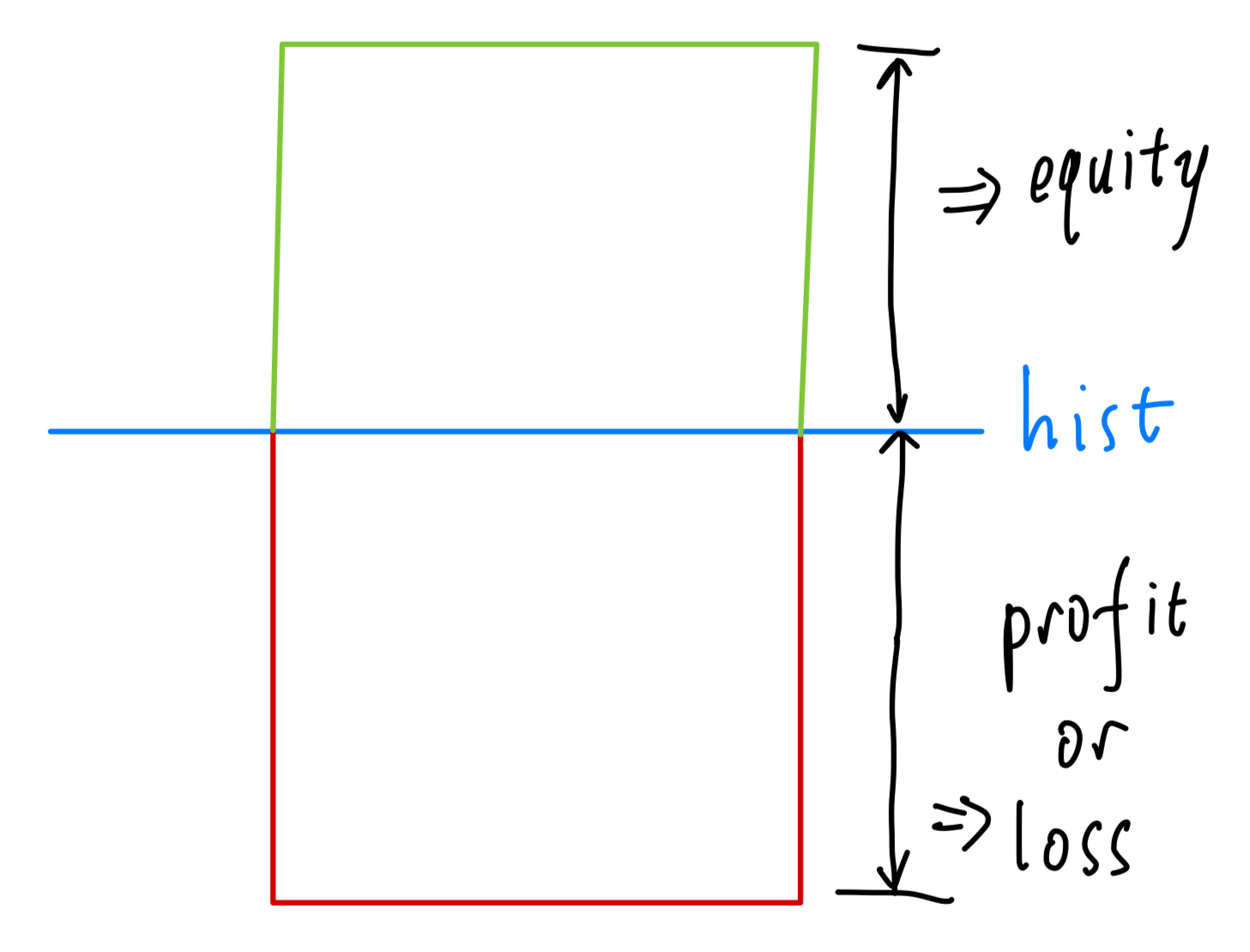不需要amortize的资产:land 和 intangible assets with infinite useful lives.
PPE
Acquire
对于交换的场景,换入的asset有两种计价方式:
- fair value:以换出的asset的fair value来记录,将换出资产的carrying amount和fair value之间的差值作为gain or loss
- carrying amount:以换出资产的carrying amount来记录,并且不会有gain or loss
对于Purchase的场景,purchase price + all the expenditures necessary to get the asset ready for its intended use都会算入carrying amount。1 2
后续使用过程中发生的费用,按照是否会在超过一年的时间里产生benefit来决定capitalized还是expensed。
利息
对于在ready for use之前会经过很长时间的asset(以建筑为例),与建造直接相关的borrowing costs一般会capitalized。
- 如果为了建造这个建筑而签订的借款合同超过construction time,那么只有在建造时间段内的interest cost可以算在cost里面
IFRS允许将借来的钱所产生的利息收入用来抵扣可以capitalize的borrowing cost。
在完工之前所支付的capitalized的利息(注意是interest payment,不是interest expense)在income statement上属于investing cash outflow。
Depreciation (cost model)
有形资产叫depreciation,无形资产叫amortization。GAAP只允许cost model,IFRS还允许revaluation model。
IFRS还要求component method of depreciation,同一资产的重要部件要分别计算折旧。
carrying amount指的是报表上呈现的金额,在cost model下是historical cost减去累积的depreciation。
Methods
Straight-line method:
每年的depreciation expense是一样的。
Accelerated method,比如双倍折旧法。以及units-of-production method(注意产量折旧法也要先扣掉剩余价值再计算每单位折旧费)。
Accelerated method
所有的accelerated method对于residual value都是用来兜底的,carrying amount不能低于residual value;除此之外在其他计算里都不需要用到它。
以教材的例子作为示范:成本$2,300,寿命4 years,residual value $100,double-declining balance method。
| Year | Beginning Carry Amount | Depreciation Expense | Ending Carrying Amount |
|---|---|---|---|
| 1 | 2300 | $2300\times 50\%=1150$ | $2300 - 1150 = 1150$ |
| 2 | 1150 | $1150\times 50\%=575$ | $1150 - 575 = 575$ |
| 3 | 575 | $575\times 50\%=287.5$ | $575-287.5=287.5$ |
| 4 | 287.5 |
$287.5\times 50\%=143.5$,但是因为剩余价值应该是100,所以: $287.5-100=187.5$ |
100 |
注意最后一年要根据剩余价值来计算费用,使得最终carrying amount等于剩余价值。
用另一种角度来计算并尝试总结速算规律:
| Year | Beginning Carry Amount | Depreciation Expense | Ending Carrying Amount |
|---|---|---|---|
| 1 | 2300 | $2300 \times 0.5^1$ | $2300 \times (1-0.5)^1$ |
| 2 | $2300 \times (1-0.5)^1$ | $2300 \times (1-0.5)^1 \times 0.5$ | $2300 \times (1-0.5)^2$ |
| 3 | $2300 \times (1-0.5)^2$ | $2300 \times (1-0.5)^2 \times 0.5$ | $2300 \times (1-0.5)^3$ |
所以有以下规律:
Revaluation model
IFRS允许的是revaluation model at fair value,而且要求有active market来可靠地测算fair value。 与cost model最大的不同是它可能导致carrying value比historical cost还高,处理情况:
- 如果revaluation在开始时发生了减值,这个amount算入profit or loss(income statement)
- 后续的回升,在那个amount之内算入profit or lost,超出的部分直接算入equity的revaluation surplus(以及OCI)
- 寿命结束的时候,revaluation surplus的amount转移到retained earnings
如果开始时就超过了historical cost,就直接执行第2步。总而言之:

分析时需要注意以下方面:
- revaluate到增加equity的时候,会导致debt-to-equity比率的下降(杠杆率降低)
- reversal会影响income
- 要考虑是谁做的审计以及revaluation的频率
Investment Property
指的是为了earning rentals或/和capital appreciation所持有的property(不包括held for sale的)。
IFRS允许cost model和fair value model,但是cost model也要披露fair value。fair value的变动全部算入net income。如果采用了fair value model,即使市场没那么活跃也要继续用,不能改。
将investment property与owner-occupied property或inventory之间转换且不是cost model的话会有以下情况:
- investment转其他,转换时的fair value作为carrying amount来做后续会计计算
- owner-occupied转investment,depreciated cost和fair value之间的差值按照revaluation的方式来算
- inventory转investment,carrying amount和fair value之间的差值算入profit or loss
GAAP没有针对investment property的规定,多数公司按照historical cost model来做会计。